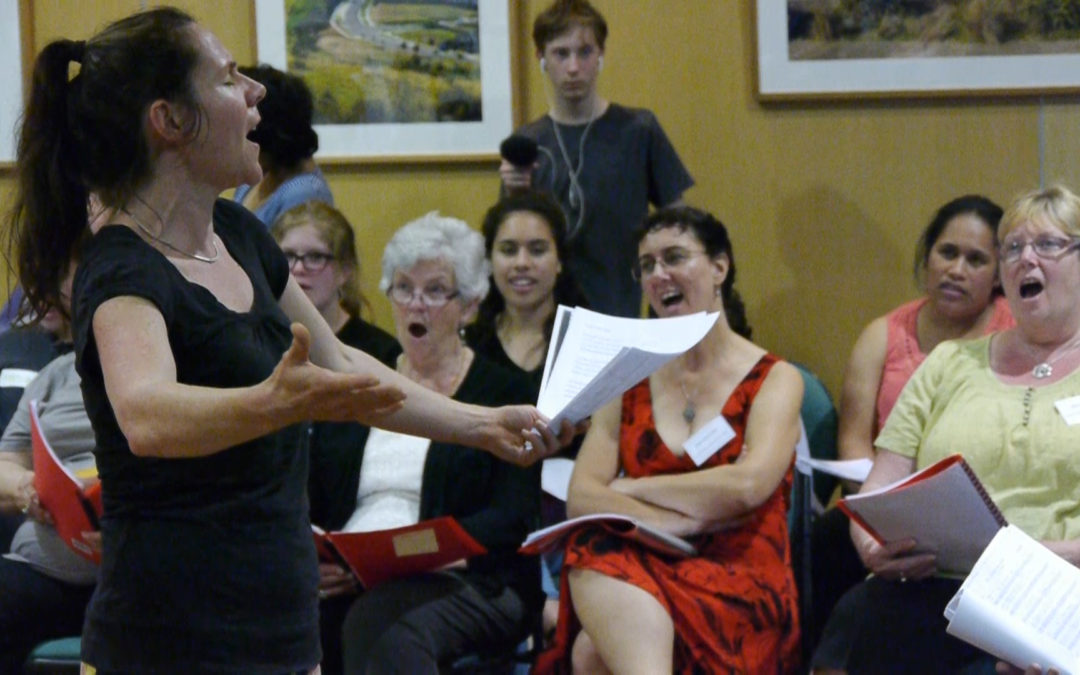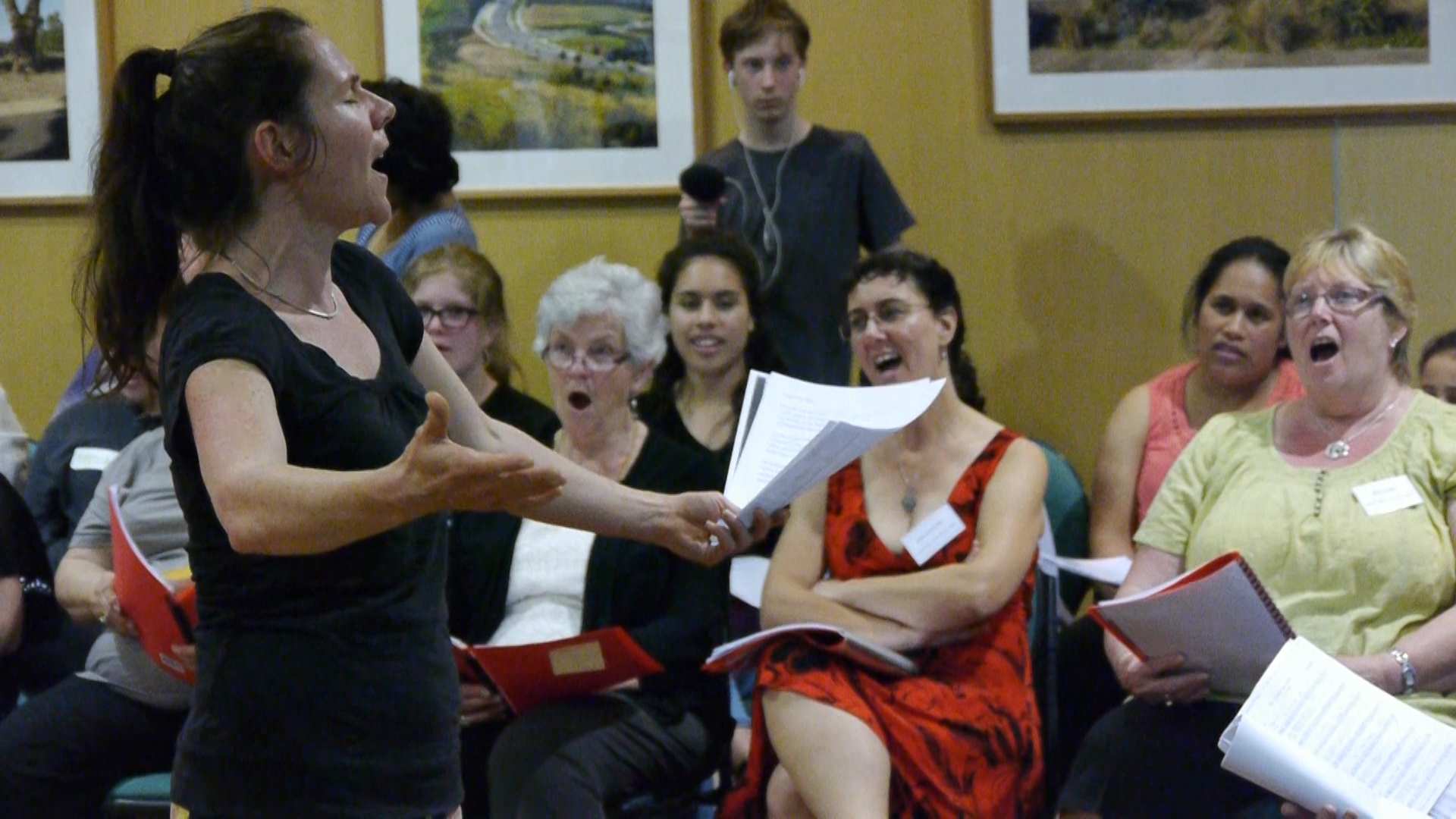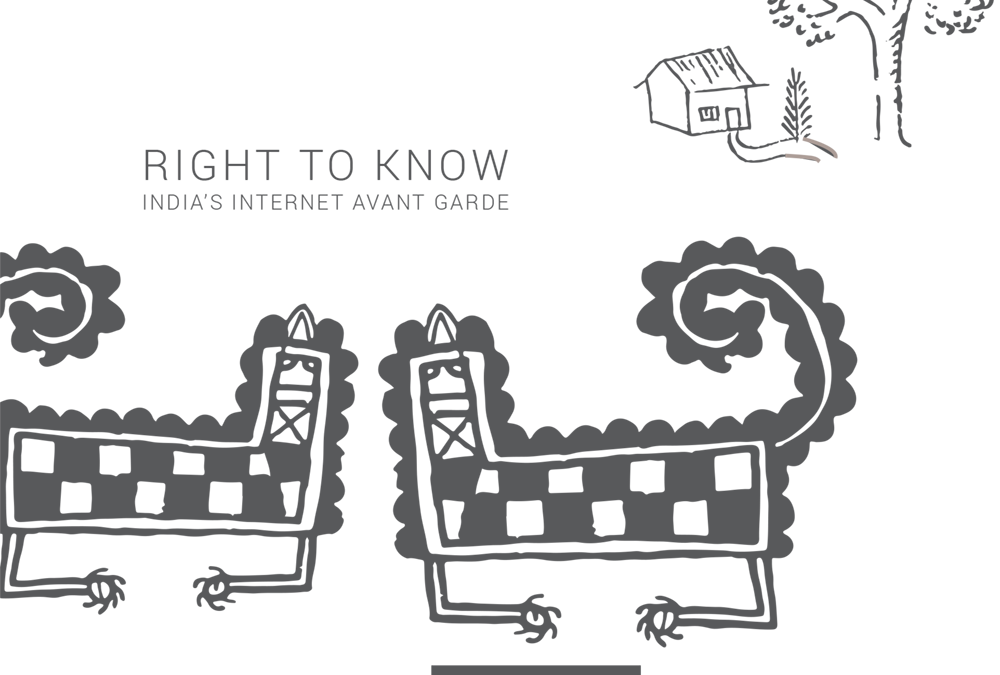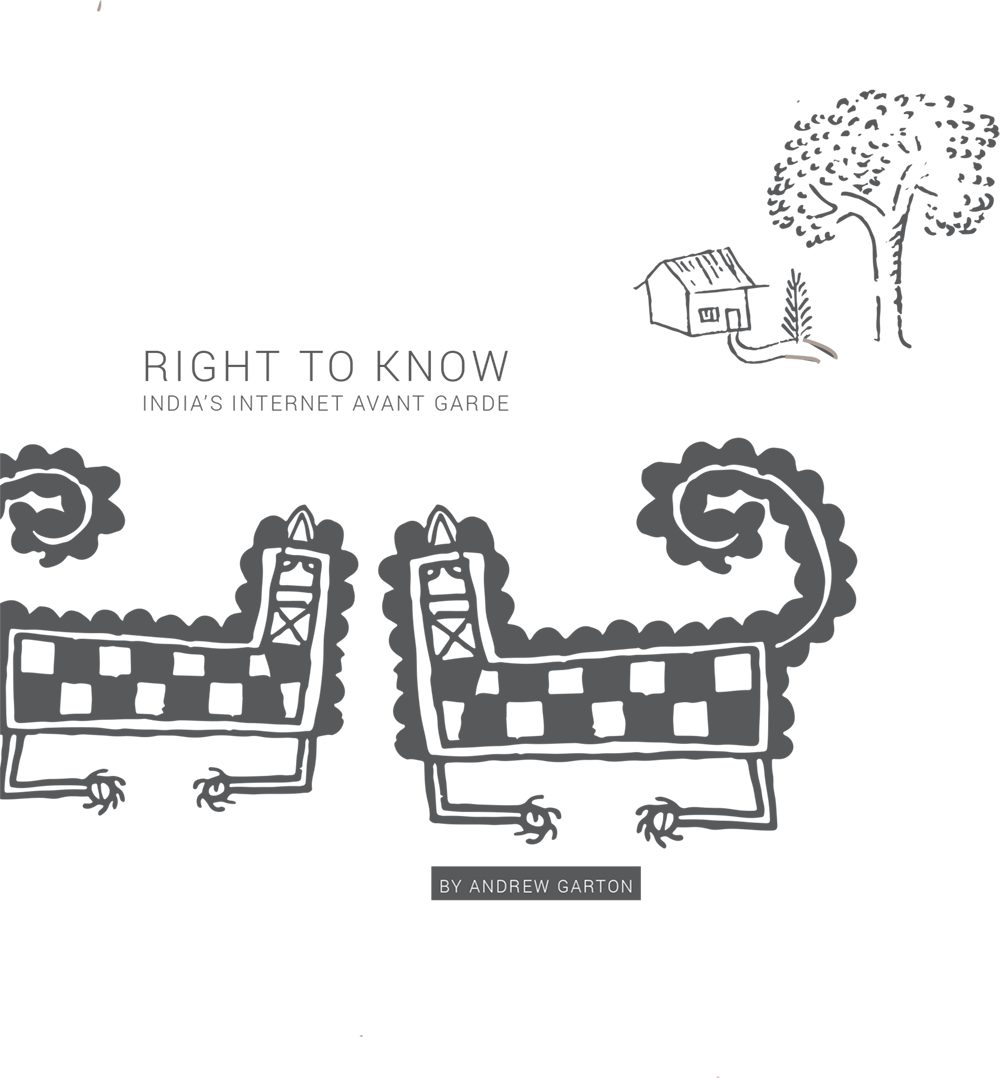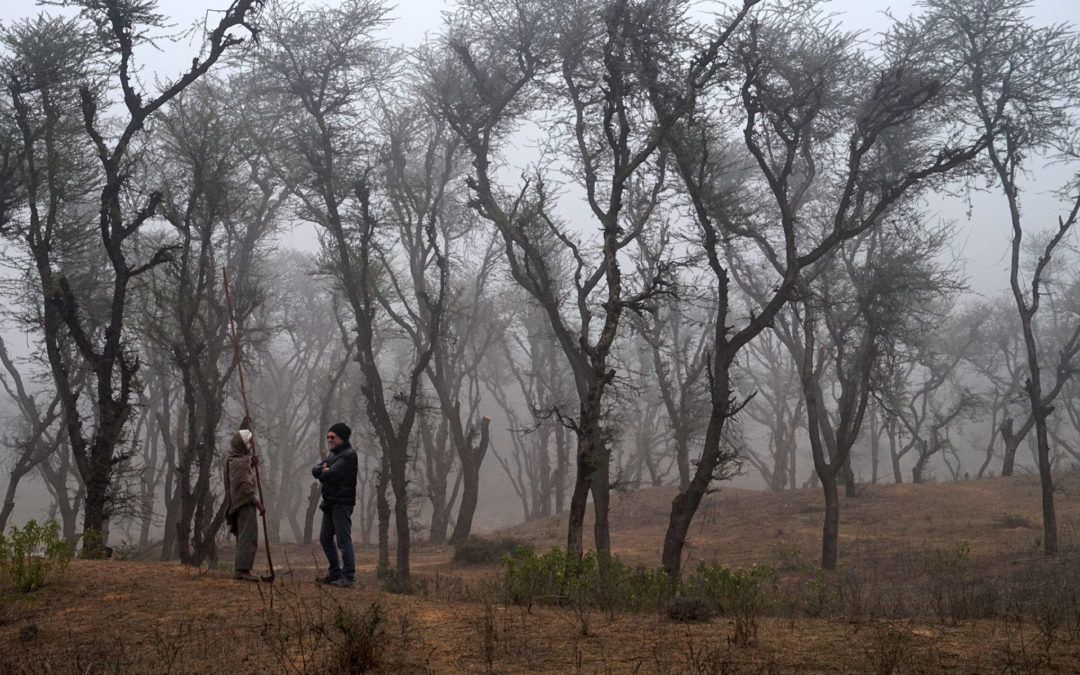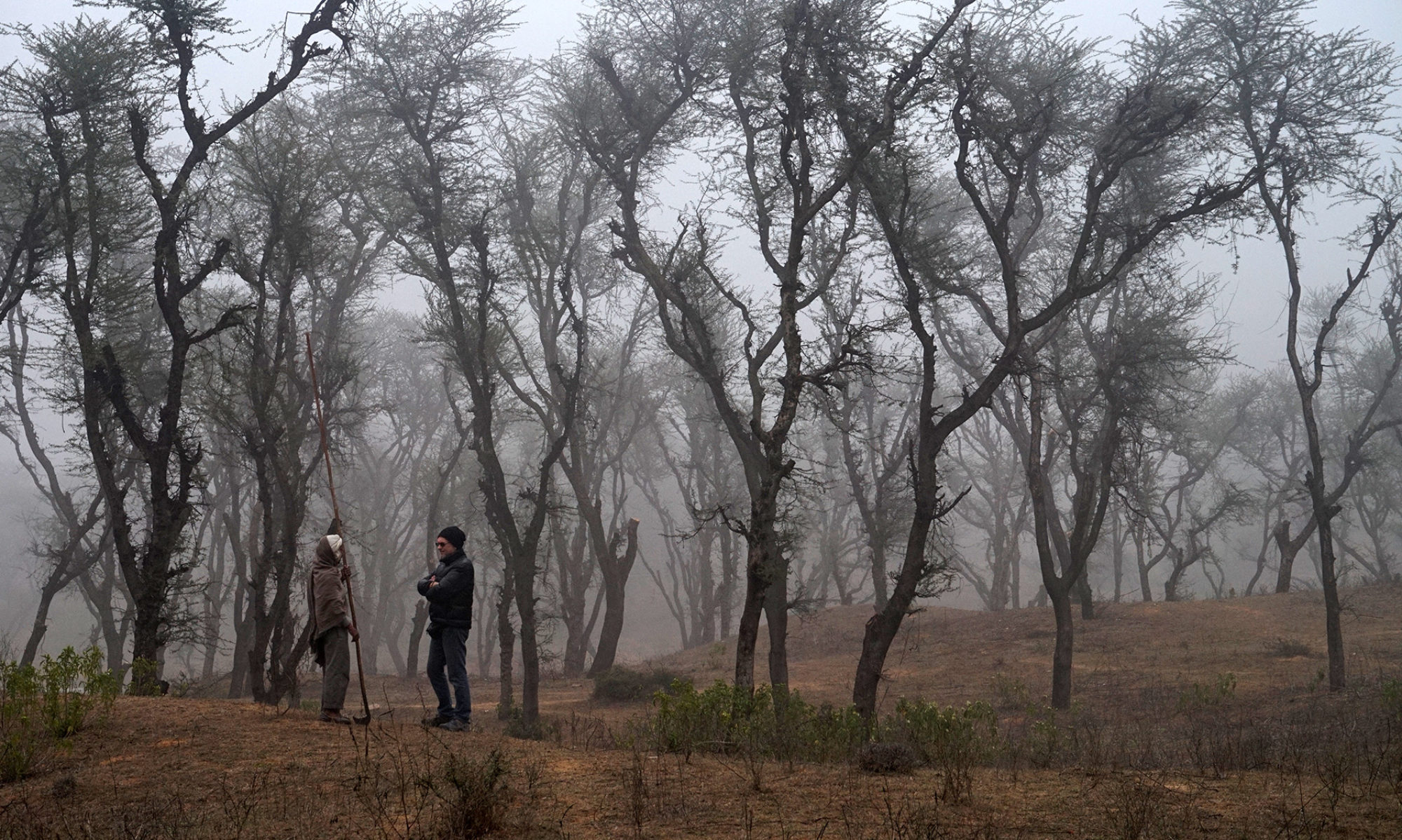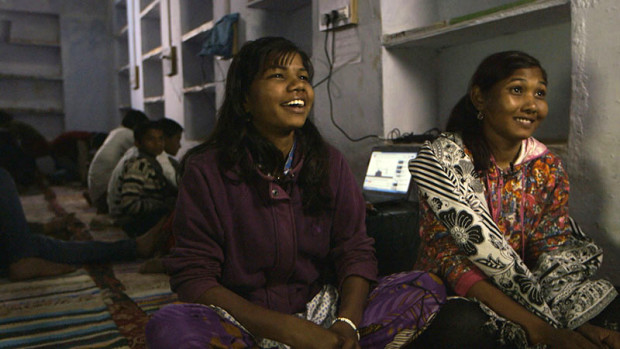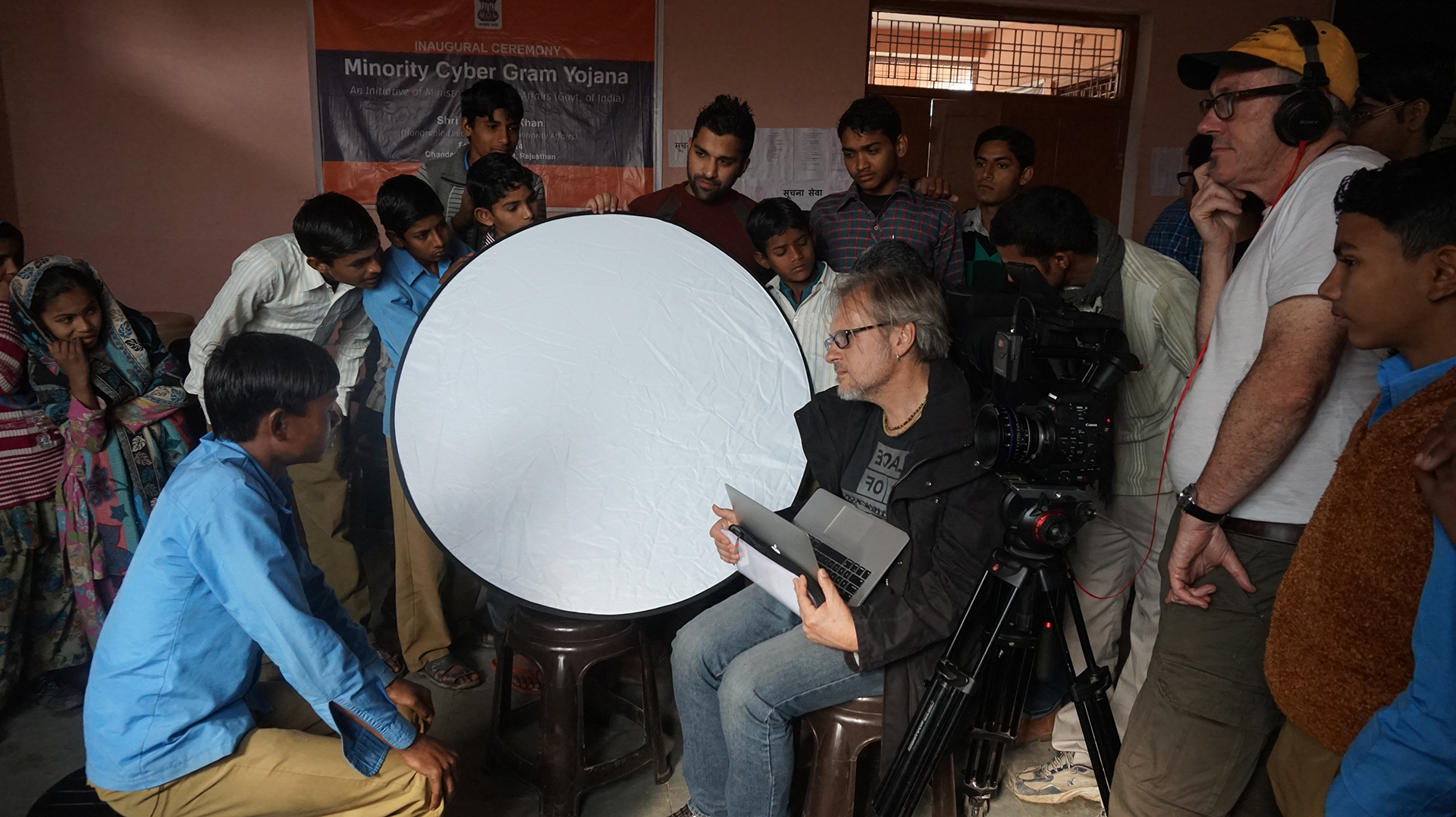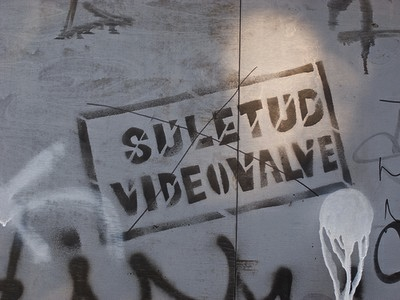In 1994 I co-wrote the PAN Asia Report, the first published study on the extent to which a pre-web internet had grown throughout South-east Asia, South Asia and Indo-China. Over three months my co-researchers and I visited universities, telecommunications facilities, news gathering centres and non-government organisations. We were also encouraged to where ever feasible to announce and demonstrate the attributes of the yet to blossom world wide web.
We found that the most publicly accessible of computer networks were cobbled together by former engineers, volunteer coders, human rights workers, environmentalists, labour union organisers and entrepreneurial funders. This saw the emergence of a new breed of activist advocating for public and secure access to information and communication technologies. Their goal was to connect like minded social networks to each other so that their public reach increased.
Twenty years later plans to make a film about the impact the internet is having on rural and tribal communities in India took shape. By January 2015 the first of four shoots was underway. I would find very similar stories, the same challenges and expectations as those I had encountered in 1994, with the same kinds of people organising local and regional networks with like-minded entrepreneurial funders backing their initiatives. Information and communication activists emerged from these rural villages too, enabling access to government initiatives and entitlements via the web, the only means by which much of these resources are now available. There was one major difference though. These were villagers who had leapfrogged radio and television, finding themselves face to face with Google, Wikipedia, Facebook, myriad integrated text messaging services and the world’s vast store of websites.
By the end of 1994, 2,738 websites had appeared online. By 2015, on arriving in India, 863,105,652 websites and just over one billion videos were available to one and all, including newcomers to the internet. What would India’s rural communities make of all this information and how would they find anything meaningful there? What would be the consequences, the ripple effects within a single person, their friends and families, or an entire village given the sudden appearance of internet connected computers at their disposal?
These were some of the questions I asked throughout Ocean in a Drop and in many ways, not that different to those I had asked in 1994. However, one significant achievement of the internet since is how it has become the largest, most unique, most far-reaching and instantaneous gathering of us ever! It’s in our pockets, alerting us to global and local events the moment they happen.
This is the world – the torrent of it – its wild diversity and uncertainty, its spontaneity, its Wikipedias of the informed and the opinionated. What will India’s internet newcomers make of the world they find there and how will we welcome them?
We visited 14 villages located in nine districts in Rajasthan, Madhya Pradesh and Bihar. We travelled across highways reduced to rubble, mud, sand and surfaces, so uneven that large vehicles were seen toppled and abandoned on the roadside. We took trains to get to the furthermost locations, amazed that we could lug cameras, lights, tripods jammed into every available space within our sleeper compartment.
It takes great determination to get to these remote communities and even more to install communication towers, computer centres and the training that follows. We returned with over one hundred interviews – visiting, analysing, filming and experiencing what UNESCO describes as the media dark – regions of the world where little to no information and communication technologies have reached.
In 1963 Nina Simone penned the lyric, I wish you could know what it means to be me. The question I ask now, as we stand on the precipice of catastrophes and miracles the world over; reflecting on all whom I had met in India and the stories we share in Ocean in a Drop, is I wish we could know what it means to be us… and fast?
May you find something of ourselves, our diverse, complicated, beautifully imperfect selves, in our film.


